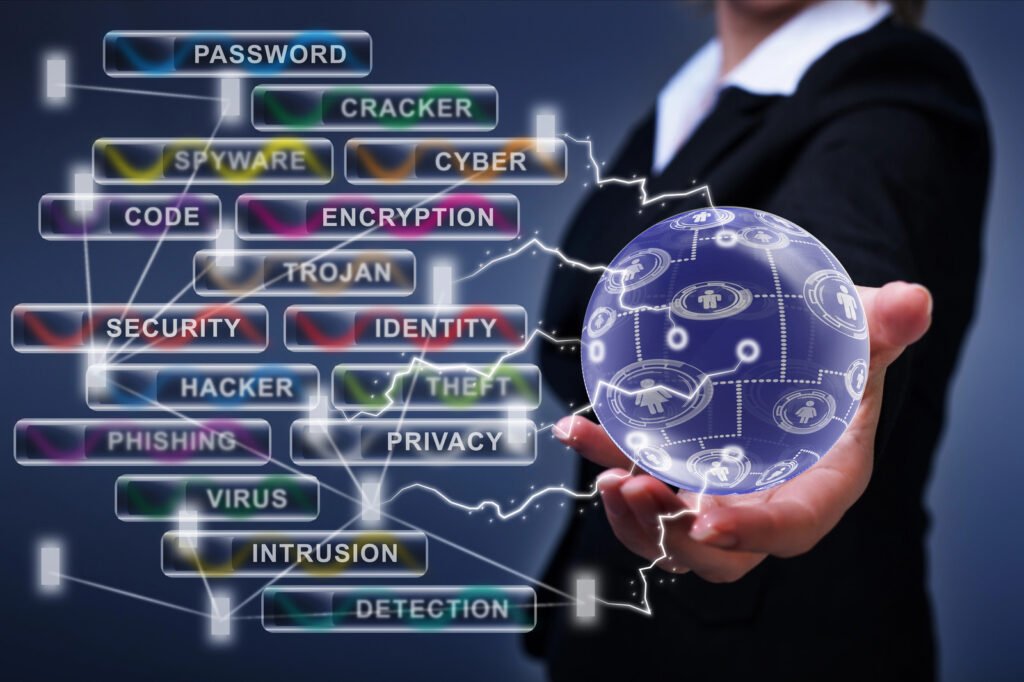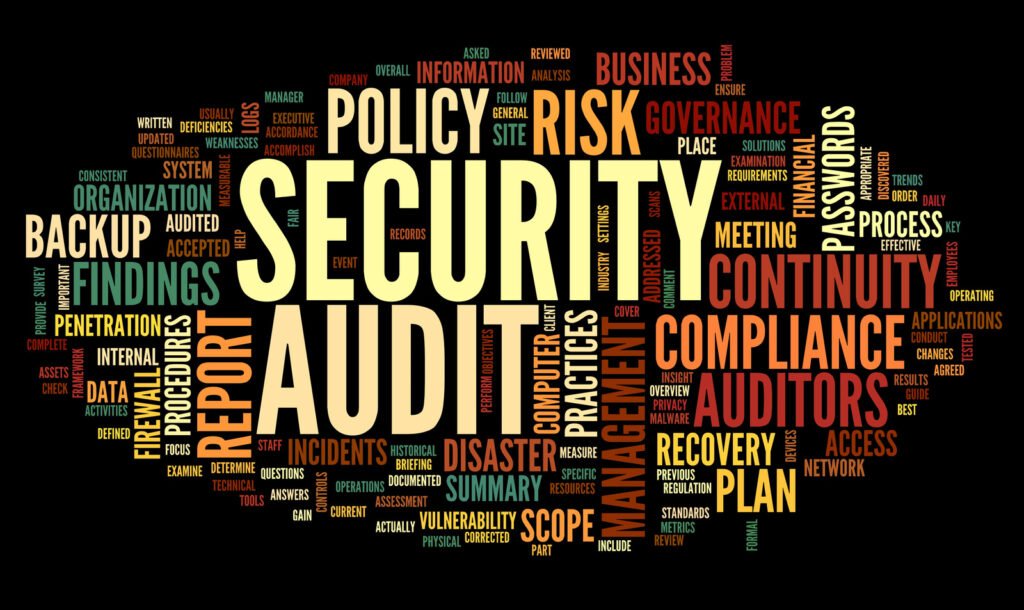This blog post navigates the intricate interplay between DevOps security, offering insights and practical advice for businesses eager to innovate safely and sustainably. Whether you're a seasoned tech professional or a curious newcomer, this guide to DevOps security will equip you with the knowledge to fortify your digital fortress.
In today’s fast-paced digital world, the marriage of Development (Dev) and Operations (Ops) is transforming how businesses deliver technology solutions. But in this technological tango, there's a third partner that must not be overlooked—Security. Without it, all your security development efforts can falter.
Introduction to DevOps and the Intersection with Security

DevOps has revolutionized the way software is developed and deployed. By fostering a culture of collaboration, DevOps breaks down the silos between security and development teams, allowing for faster delivery of high-quality software security. However, as companies rush to adopt DevOps, security often becomes an afterthought. This oversight can lead to security vulnerabilities that malicious entities are quick to exploit.
DevOps security, or DevSecOps, ensures that security is an integral part of the software development lifecycle rather than a final hurdle before deployment. By integrating security measures from the beginning, development teams can ensure their systems and data remain protected. This software development process means potential security threats are identified and resolved early, reducing risks and costs.
Understanding how DevOps and security intersect is crucial for any business looking to leverage the benefits of DevOps while safeguarding its assets. As more companies realise the importance of this integration, the demand for DevOps security expertise continues to grow.
Understanding the Core Principles of DevOps Security

At the heart of DevOps security are principles that guide the integration of security practices into the software development process. These principles ensure that security is not just a checkpoint but a continuous concern throughout the software development lifecycle.
Firstly, automation is a key principle. By automating security testing processes, security teams can ensure consistency and reduce human error. Automated testing can quickly identify security vulnerabilities, allowing for prompt remediation. This proactive approach helps maintain a secure environment without slowing down software development.
Secondly, collaboration between teams is essential. Security controls should not be siloed; instead, it should be a shared responsibility across development and operations teams. This requires open communication and a culture that emphasizes security awareness. Training and workshops can help build this culture, ensuring everyone understands their role in maintaining security tools.
Lastly, continuous improvement is vital. The threat landscape is always evolving, and so should your security practices. Regular reviews and updates to security protocols ensure they remain effective against new security breaches. By embedding these principles into your DevOps strategy, you can build a resilient system that’s prepared for future challenges.
Common Security Challenges in DevOps Environments

Despite the benefits of integrating security into DevOps, there are several challenges that organizations must overcome. One major issue is the rapid pace of the software development process, which can lead to security being deprioritized. In the rush to deliver updates, security practices and checks may be skipped or rushed, creating security vulnerabilities.
Another challenge is managing access control. With multiple teams working on various parts of a project, ensuring secure access to sensitive information can be difficult. Without proper controls, there's a risk of unauthorized access, data breaches, and even insider threats.
Finally, the complexity of modern IT environments can also pose a challenge. With a mix of cloud services, containers, and microservices, maintaining visibility and control over the entire infrastructure is not easy. This complexity can lead to gaps in security coverage, leaving systems exposed to attacks.
Identifying these challenges is the first step towards addressing them. By understanding the common pitfalls, organizations can develop strategies to mitigate risks and strengthen their DevOps security posture.
Best Practices for Integrate Security using DeVops

Secure Software Development Life cycle (SDLC)
Integrating security into the SDLC is crucial for minimizing vulnerabilities. This involves incorporating security checkpoints at each phase of development, from requirement gathering to deployment. Threat modelling and secure coding practices can help identify and address potential risks early on.
Automation and Security Testing
Automating security tests ensures they are consistently applied across the board. Security tools like static and dynamic analysis can detect vulnerabilities before code is deployed. Regular automated scans and penetration testing help maintain a secure environment by identifying weaknesses that need to be addressed.
Continuous Integration and Deployment (CI/CD) Security
Securing the CI/CD pipeline is vital to preventing unauthorized changes and ensuring only verified code is deployed. Implementing secure code repositories, access controls, and monitoring helps protect the integrity of the pipeline. Regular audits and reviews can further enhance security.
Infrastructure as Code (IaC) Security
IaC enables the automation of infrastructure management, but it also introduces new security risks. Ensuring that IaC templates are secure and adhere to best practices is essential. Regularly updating and monitoring these templates can prevent configuration drift and potential vulnerabilities.
Monitoring and Incident Response
Proactive monitoring is key to detecting and responding to security incidents swiftly. Implementing robust logging and alerting systems allows teams to identify suspicious activities and respond promptly. An incident response plan ensures that everyone knows their role in mitigating threats effectively.
Penetration Testing
Penetration testing and vulnerability assessments can also help identify any weaknesses in the system. Regularly conducting these tests can provide valuable insights into potential security gaps and allow for prompt remediation.
The Role of Culture and Collaboration in DevOps Security

A strong security culture is the backbone of successful DevOps security. Encouraging collaboration between teams fosters a shared responsibility for security. This requires breaking down silos and promoting open communication, ensuring that security is a priority for everyone involved.
Training and awareness programs are crucial for building this culture. Educating teams on security best practices and the latest threats equips them with the knowledge to make informed decisions. Regular workshops and seminars can reinforce the importance of security in everyday tasks.
Leadership plays a pivotal role in fostering a security-first mentality. By championing security initiatives and providing the necessary resources, leaders can set the tone for the entire organization. This commitment to security helps build a resilient environment that can withstand evolving threats.
Tools and Technologies for Enhancing DevOps Security

Numerous tools and technologies can enhance DevOps security, offering solutions for different aspects of the development lifecycle. For automation and testing, tools like Jenkins and GitLab provide integrated security testing capabilities. These tools streamline the testing process, ensuring that security checks are consistent and thorough.
For infrastructure management, tools like Terraform and Ansible offer IaC solutions that help maintain secure configurations. These tools automate the provisioning and management of infrastructure, reducing the risk of human error and ensuring compliance with security standards.
Monitoring and incident response benefit from tools like Splunk and ELK Stack, which provide robust logging and alerting capabilities. These tools enable teams to track activities and respond to incidents swiftly, minimizing the impact of potential breaches.
By leveraging these tools, organizations can enhance their DevOps security posture and build a resilient system that’s prepared for future challenges.
Future Trends in DevOps Security

The future of DevOps security holds exciting possibilities as new technologies and practices emerge. Artificial intelligence (AI) and machine learning (ML) are set to play a significant role in enhancing security. These technologies can analyse vast amounts of data to identify patterns and predict potential threats, allowing for proactive security measures.
The rise of serverless computing presents new challenges and opportunities for DevOps security teams. While serverless architectures offer scalability and cost-efficiency, they also introduce unique security concerns. Understanding these challenges and developing new security testing and strategies will be crucial for organizations adopting serverless technologies.
Additionally, the shift towards zero trust security models is gaining momentum. This approach emphasizes strict identity verification and access controls, ensuring that only authorized users can access sensitive resources. Implementing zero trust principles will be key to maintaining secure environments in the face of evolving threats.
Conclusion
DevOps is reshaping how businesses deliver technology solutions. However, security requirements must not be an afterthought. Integrating security into the DevOps process is essential for ensuring systems and data remain protected. By following best practices, leveraging the right tools, and fostering a strong security culture, organizations can build resilient environments that withstand evolving threats.